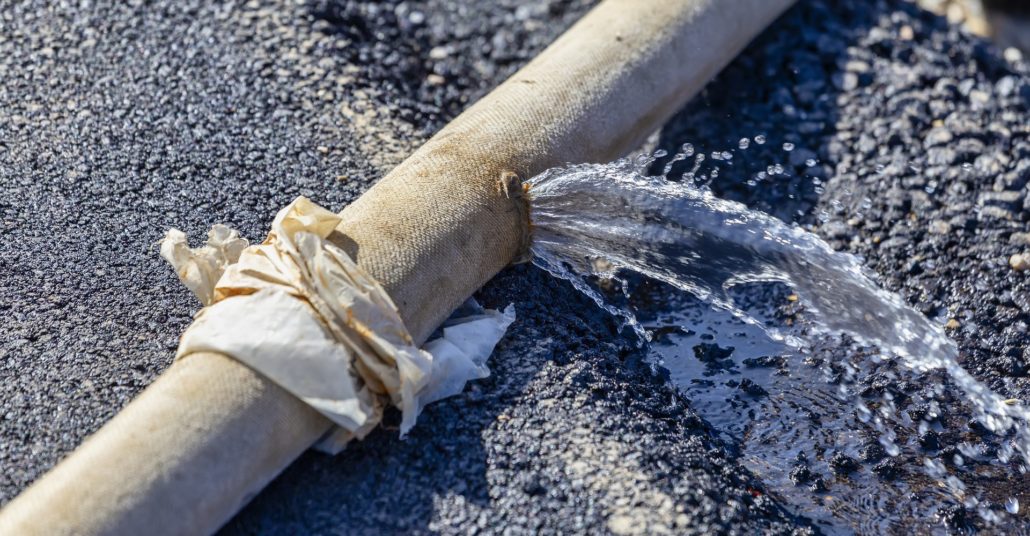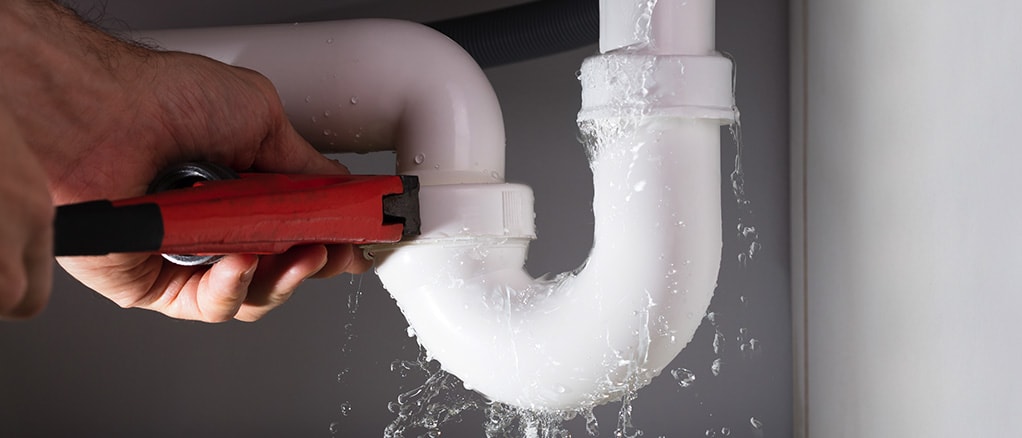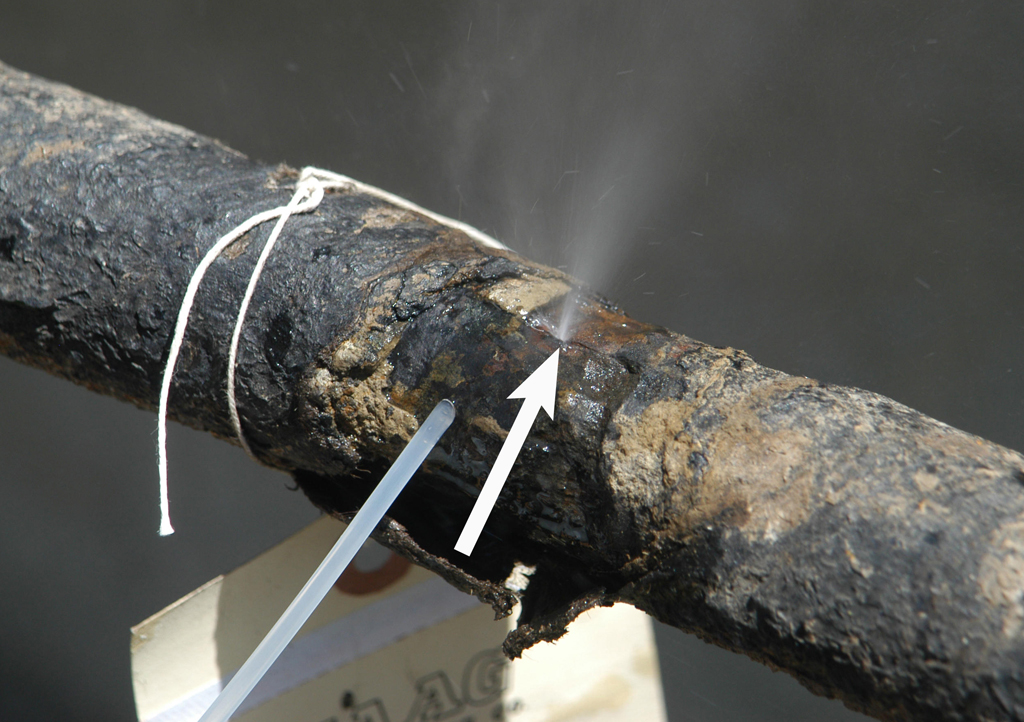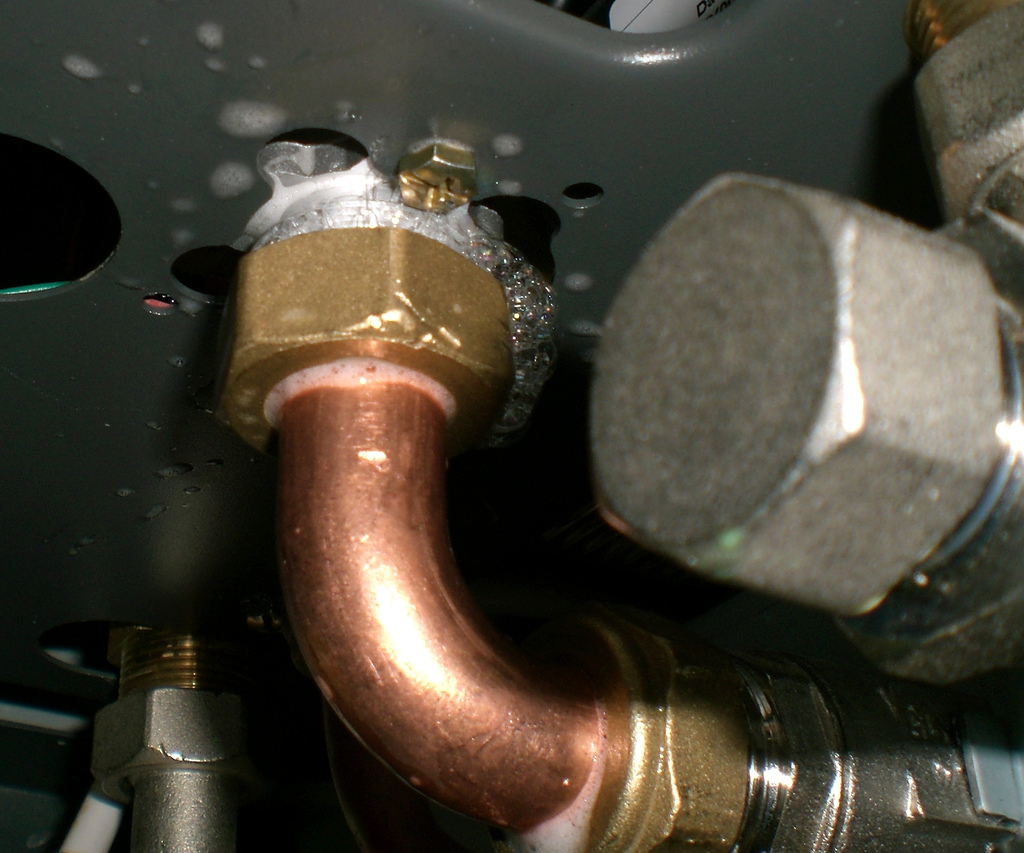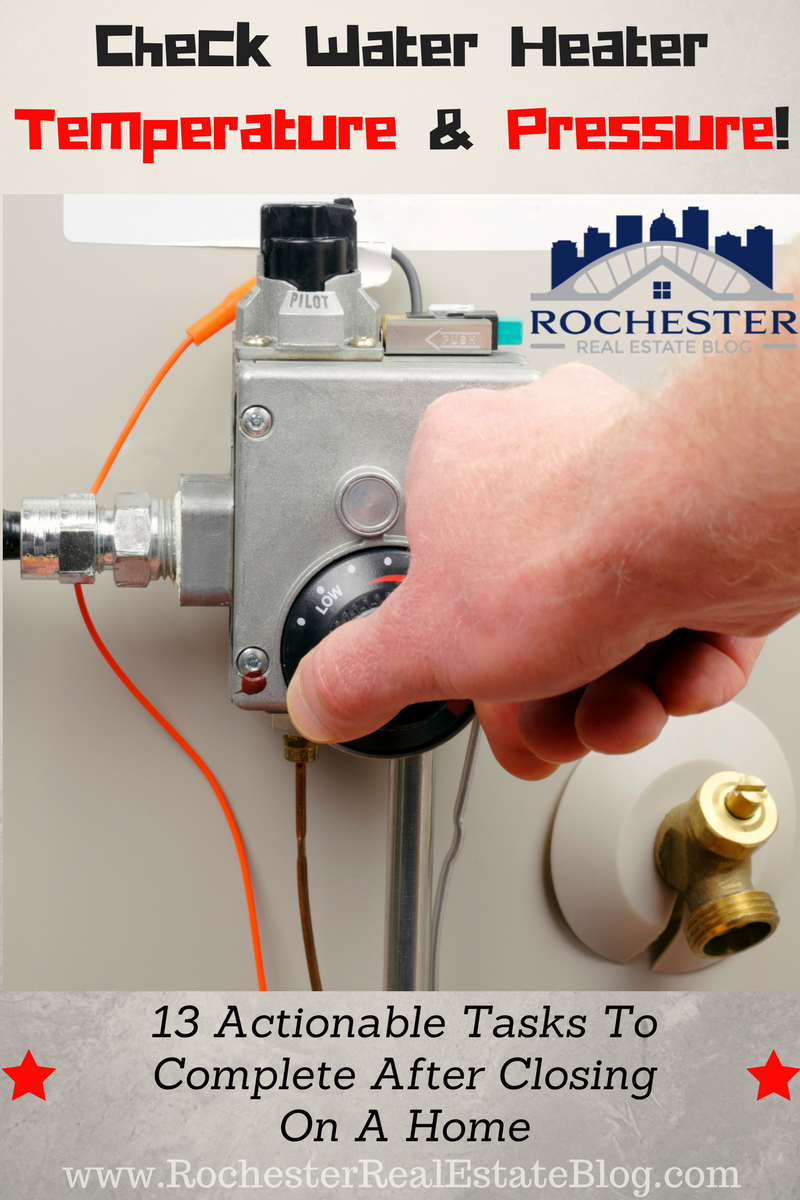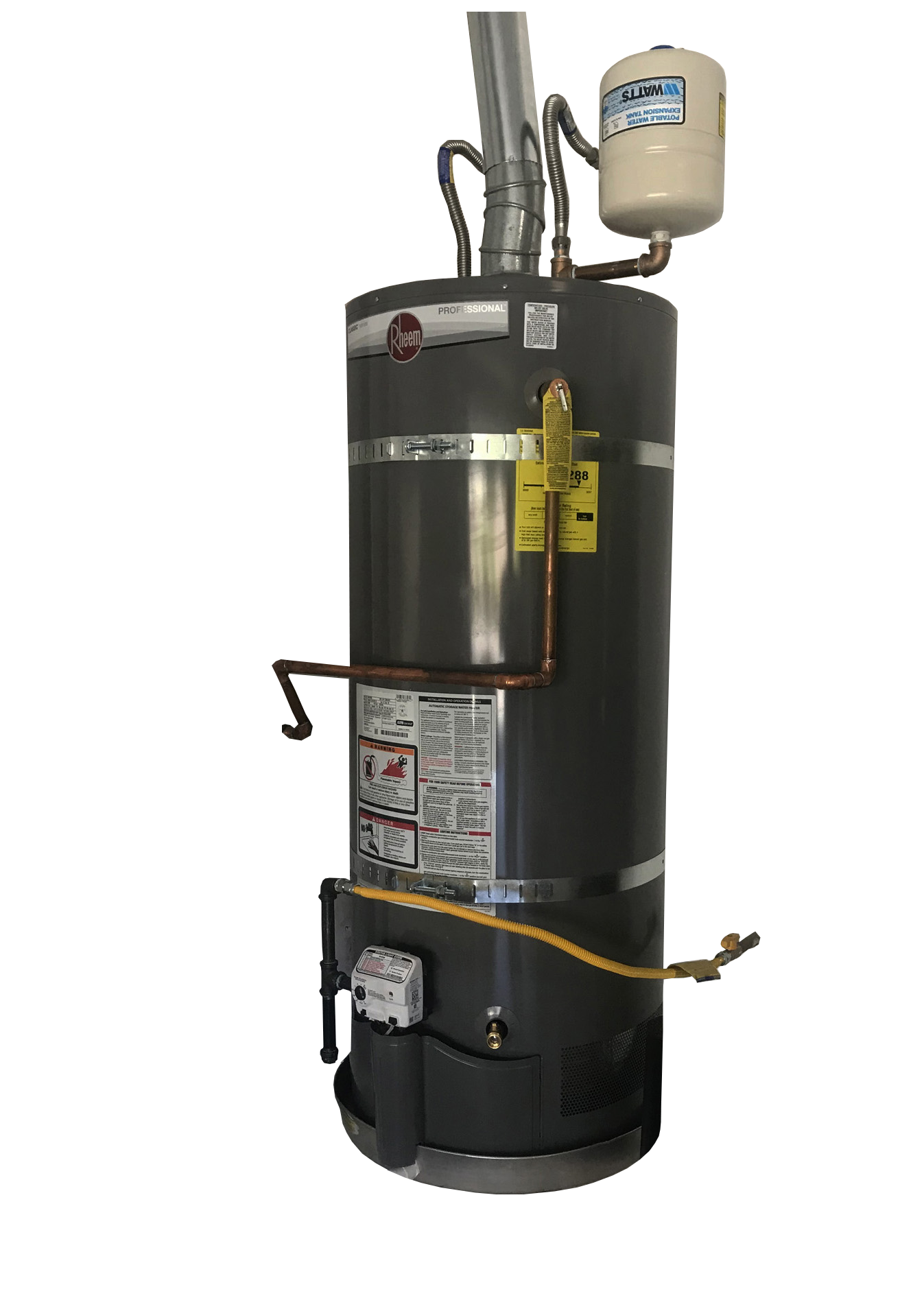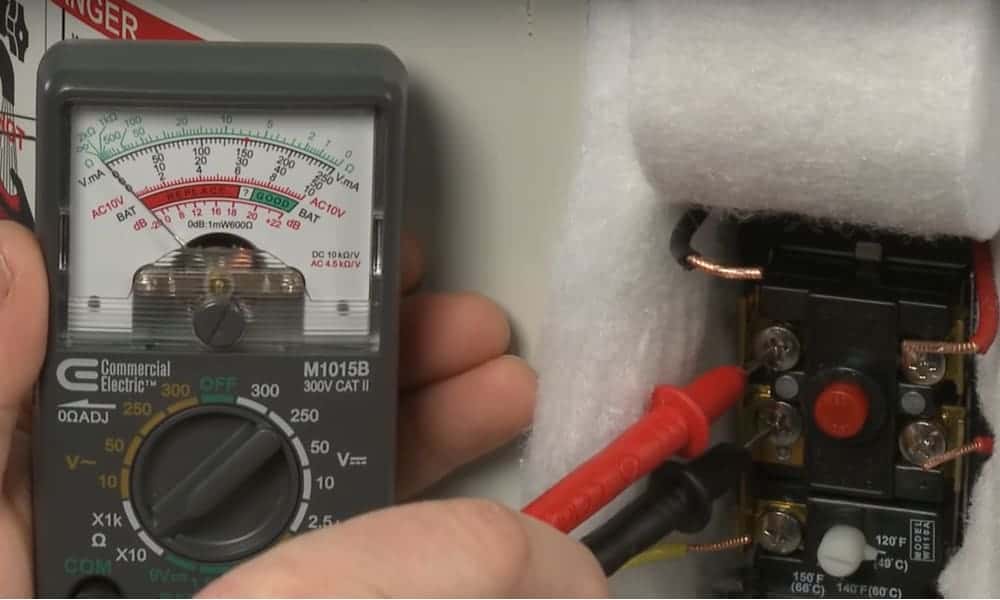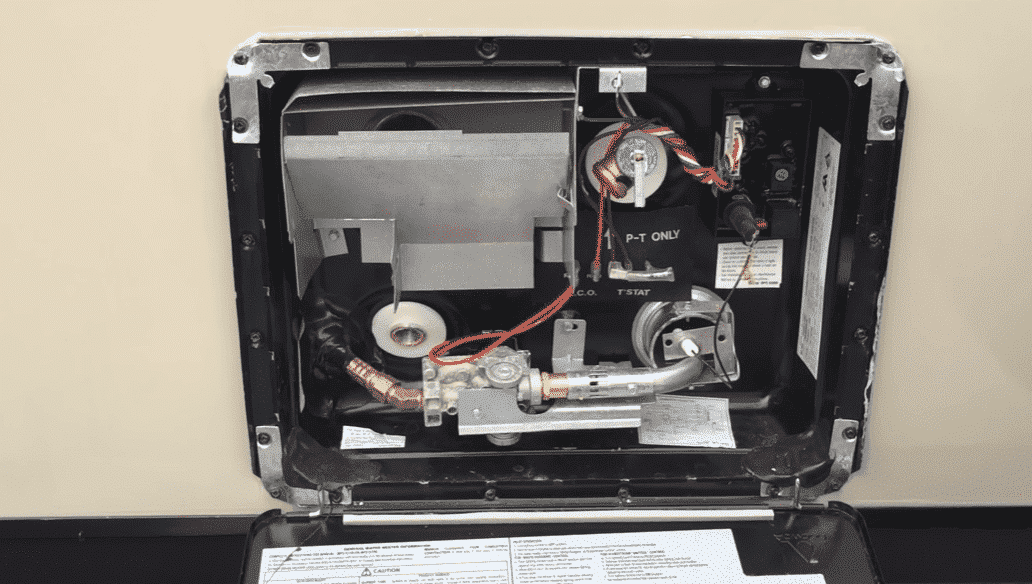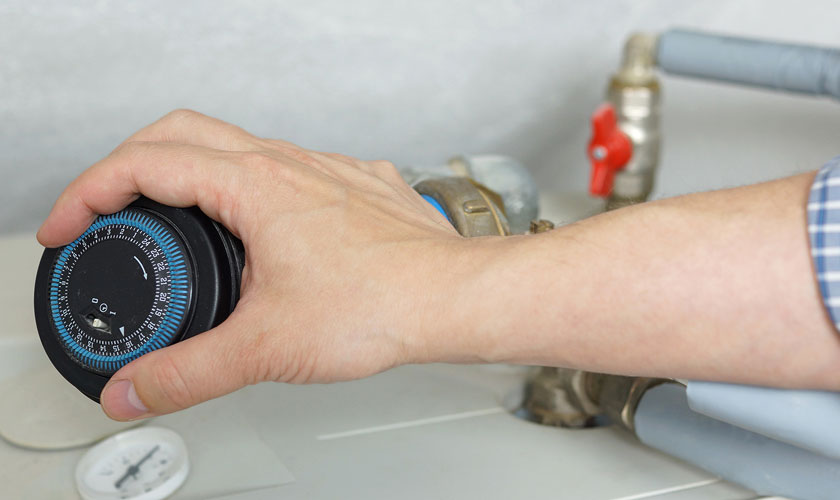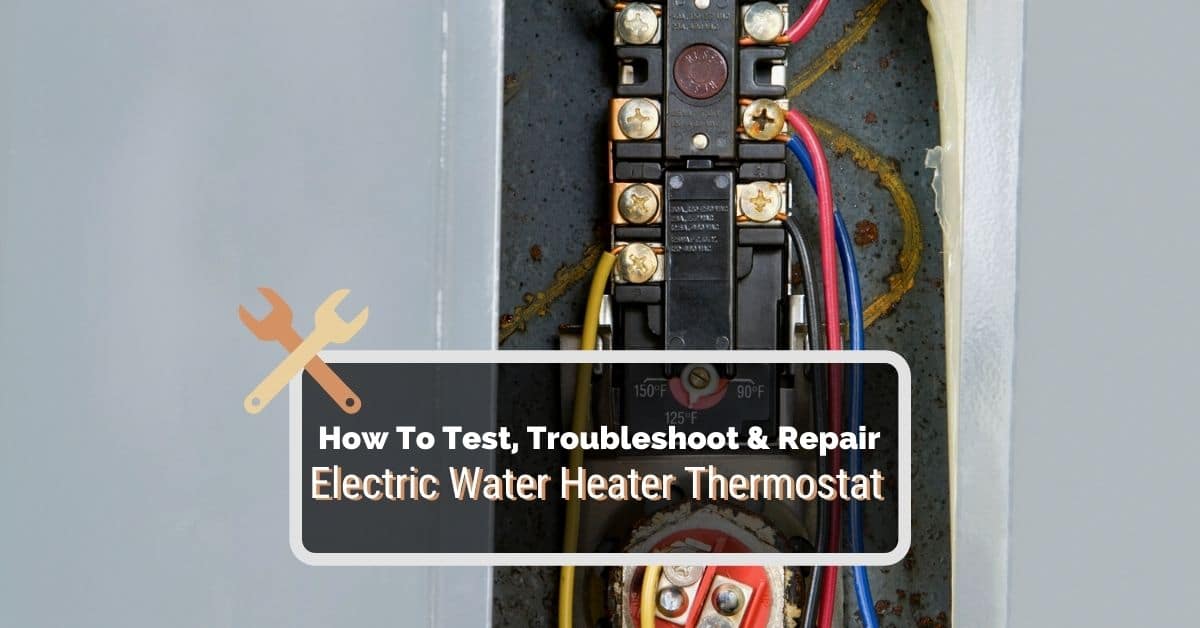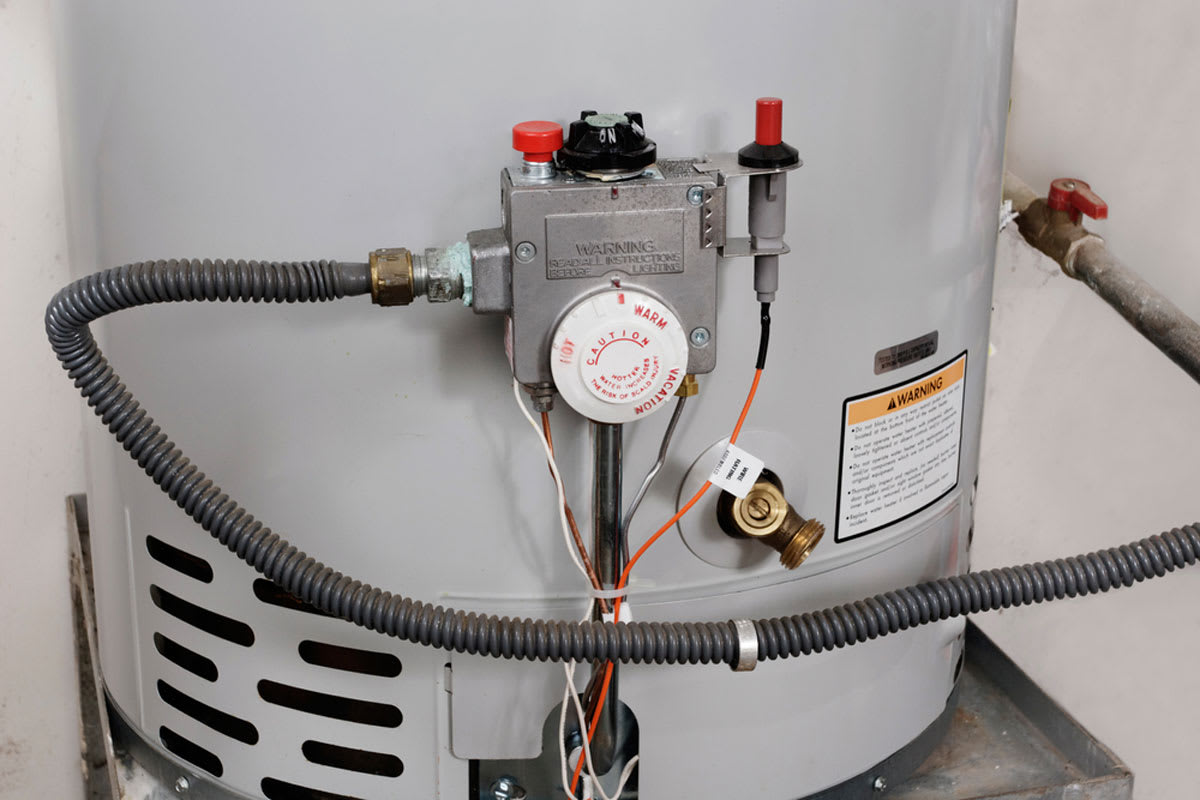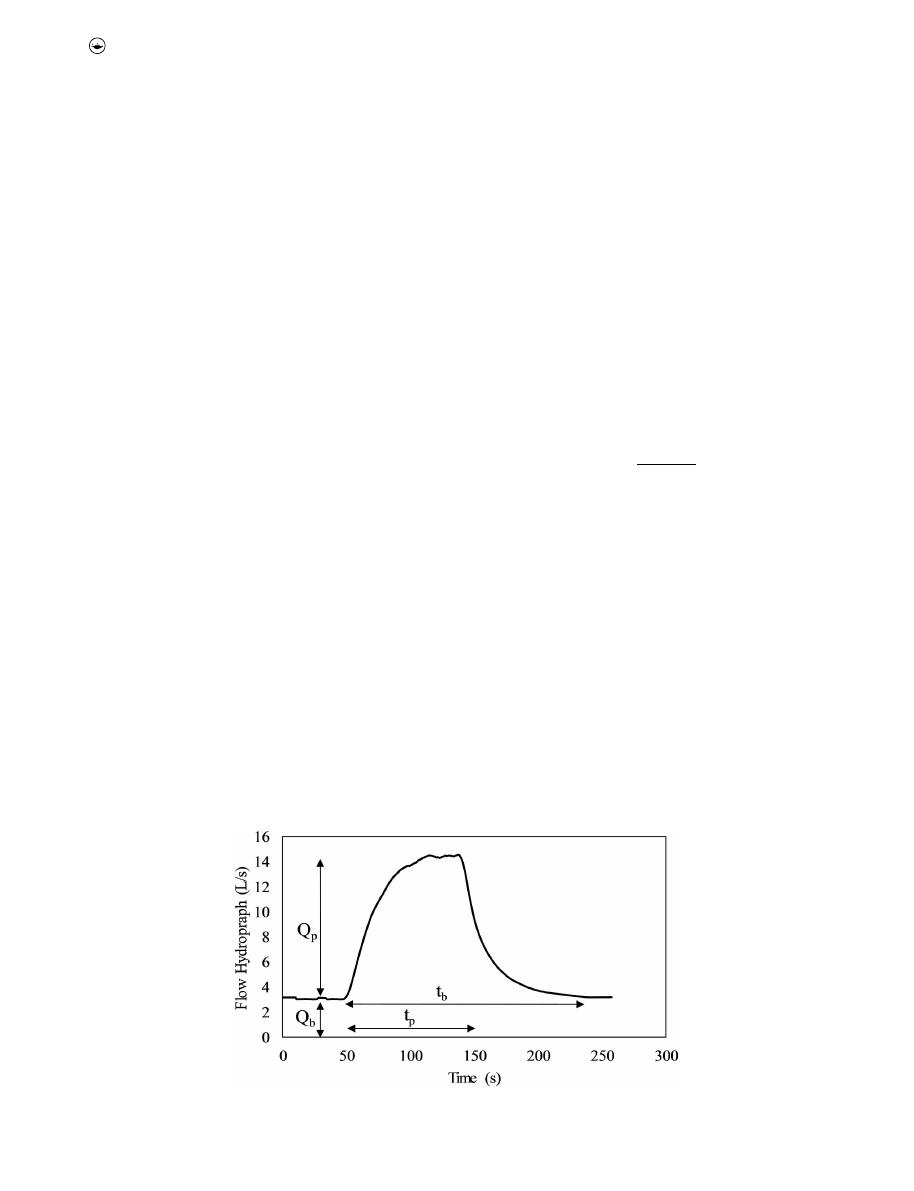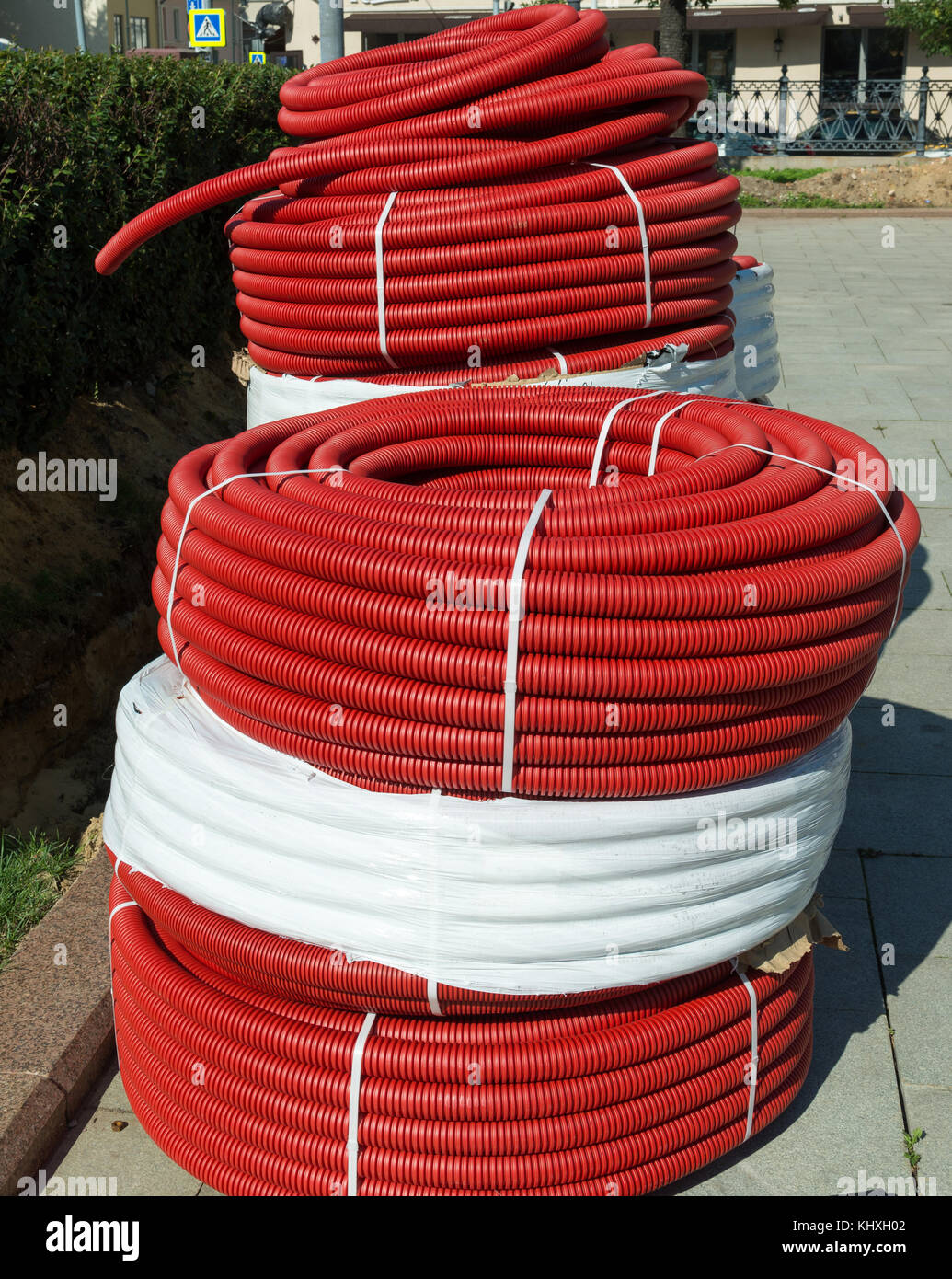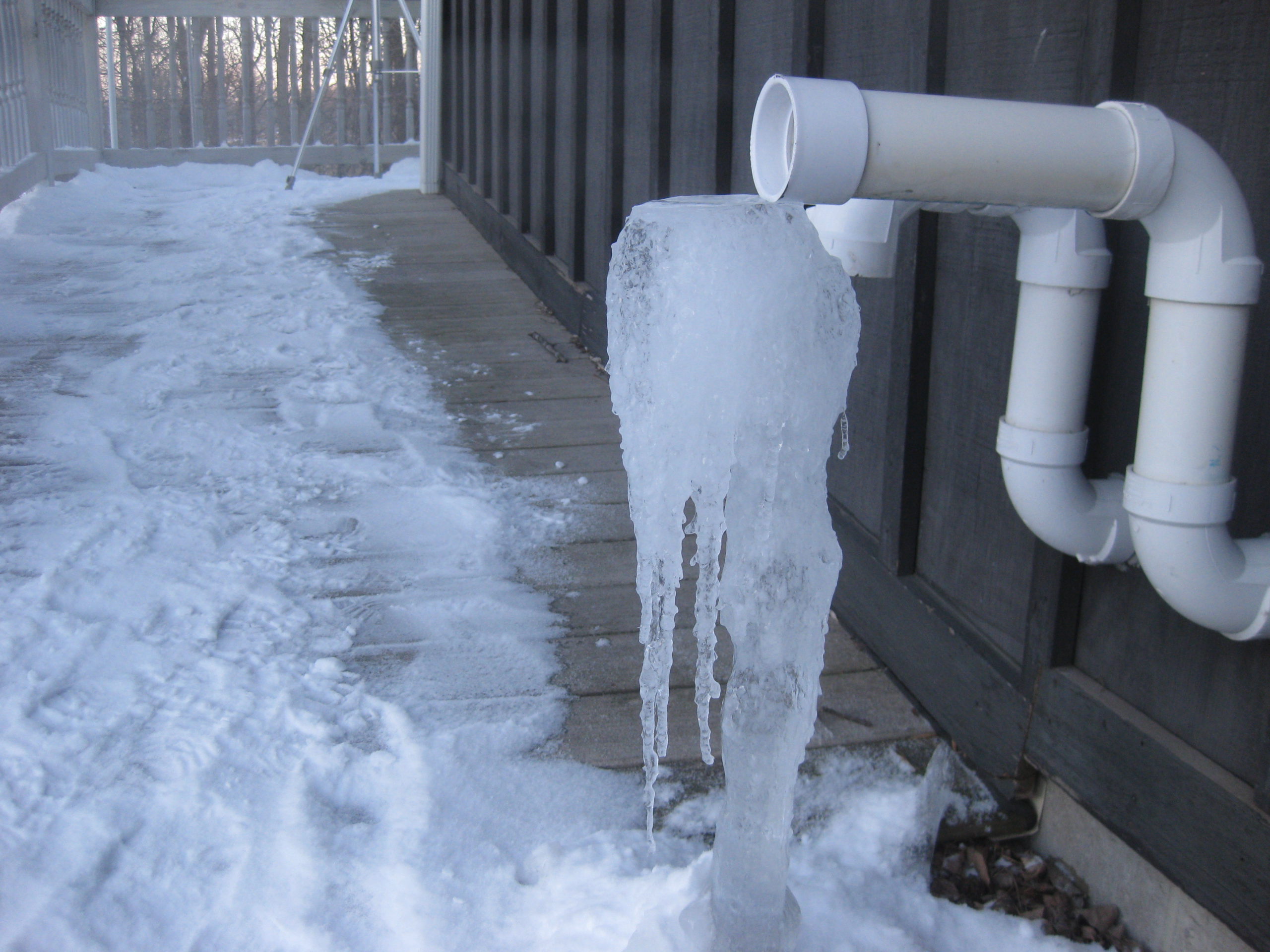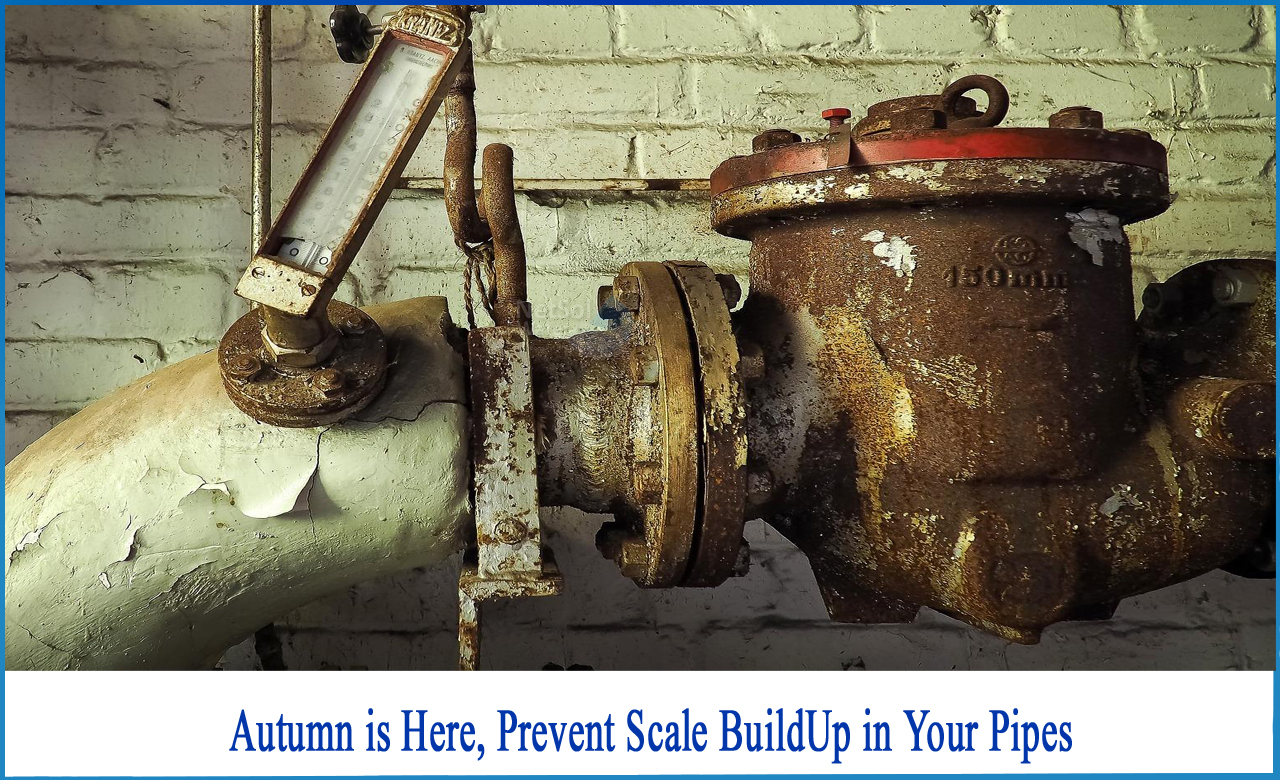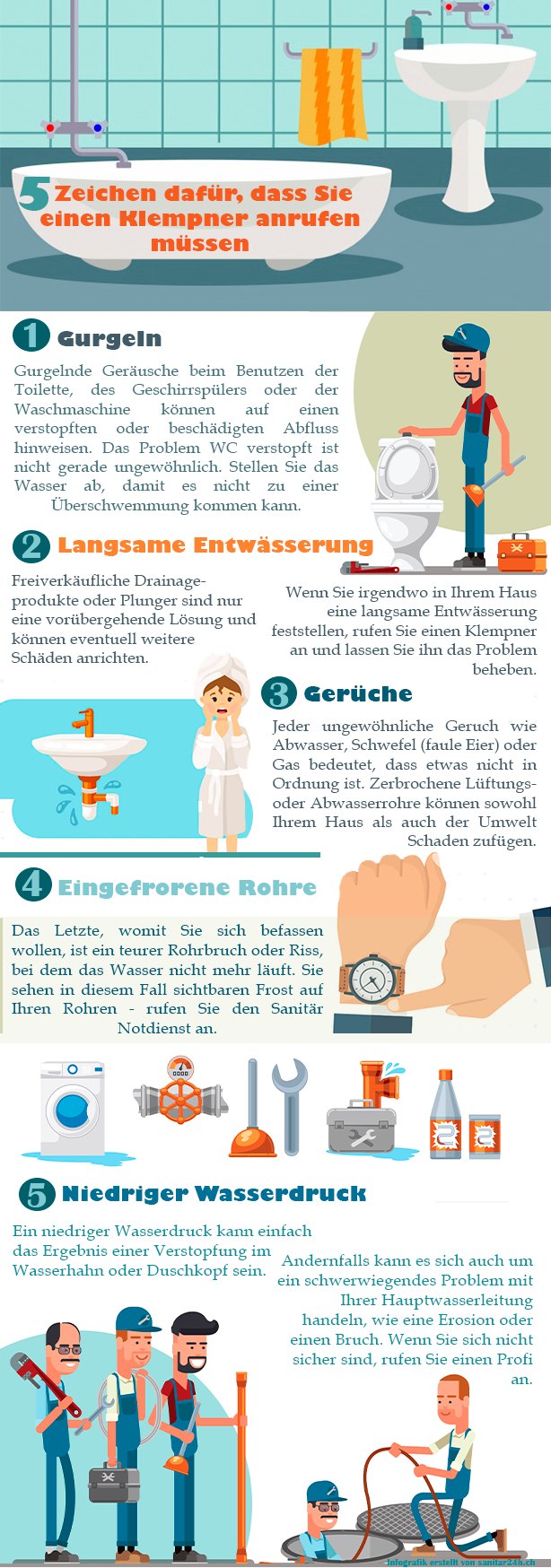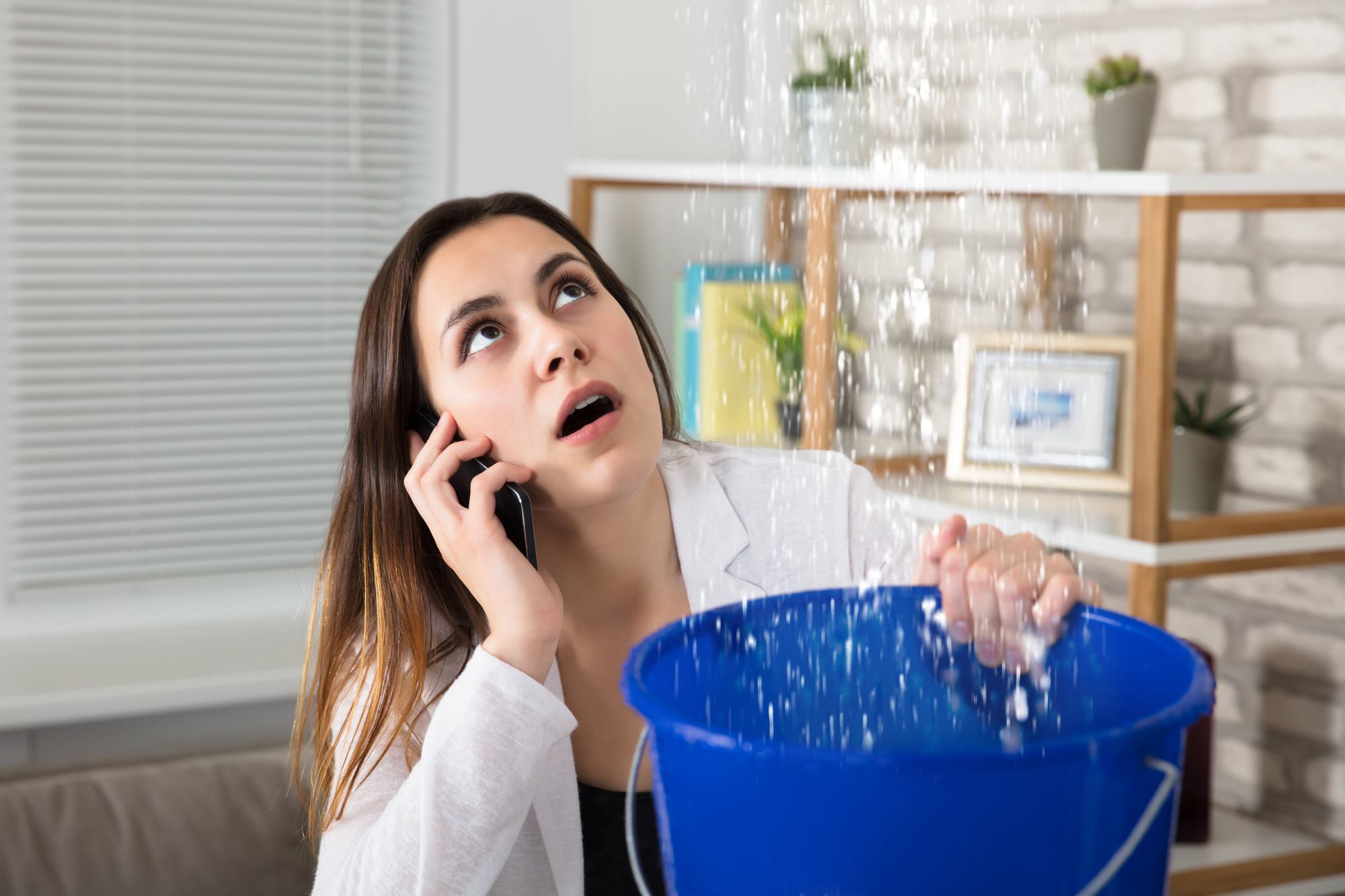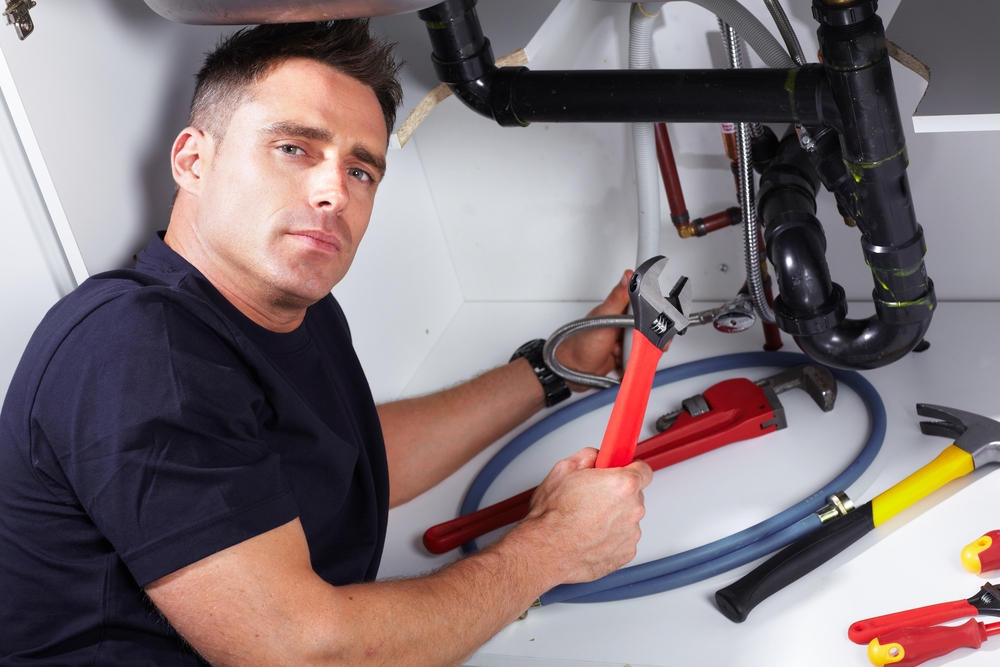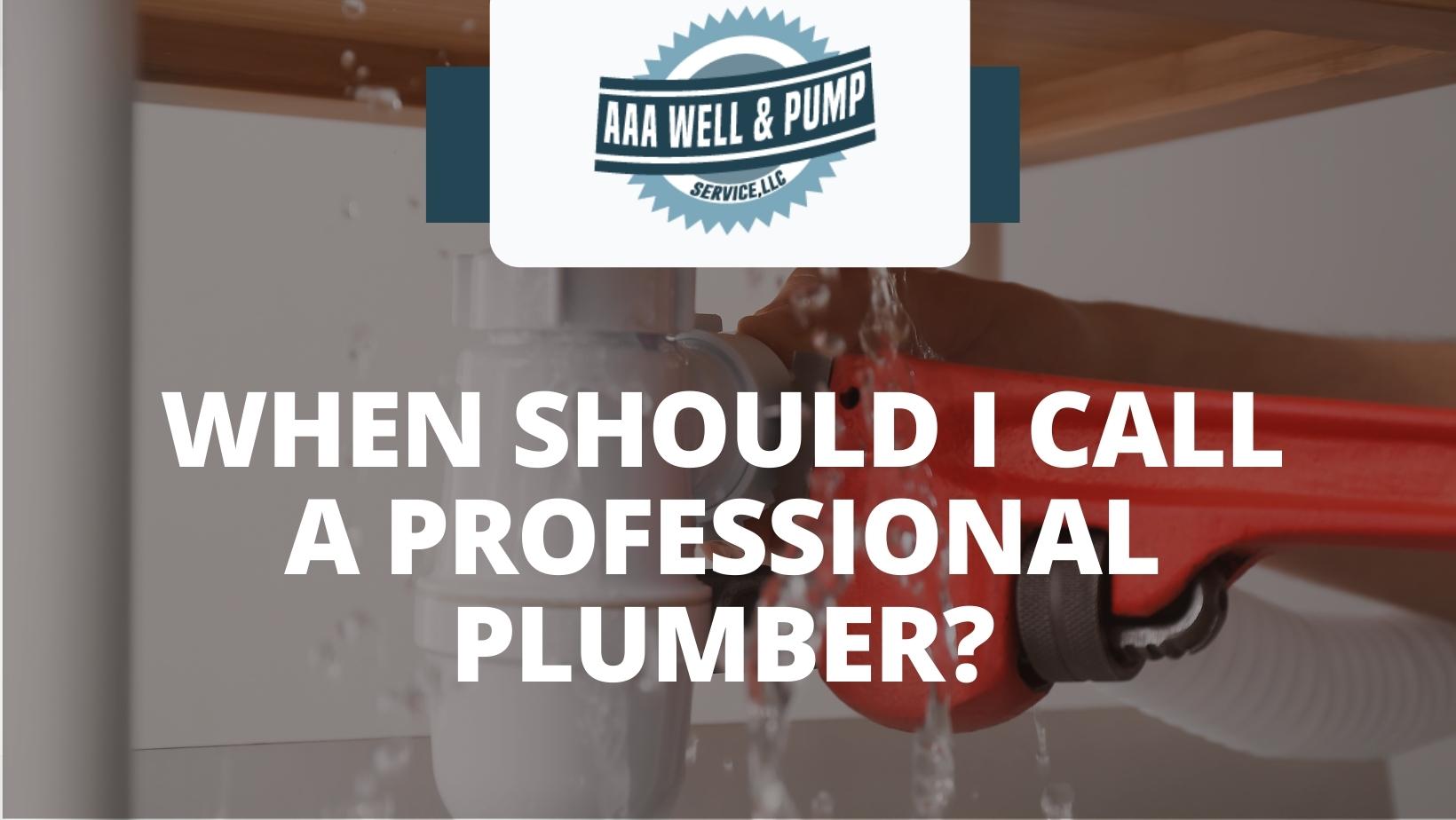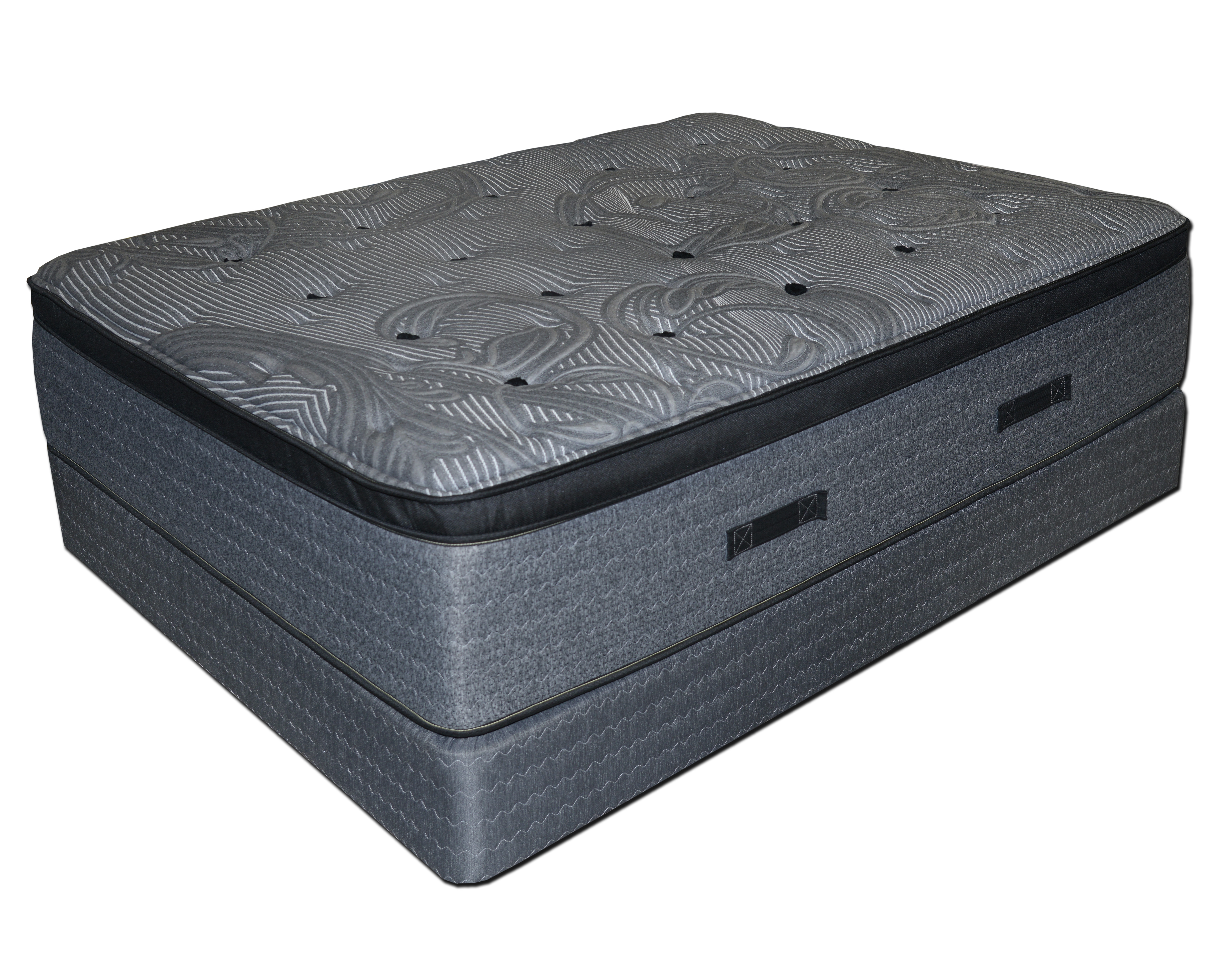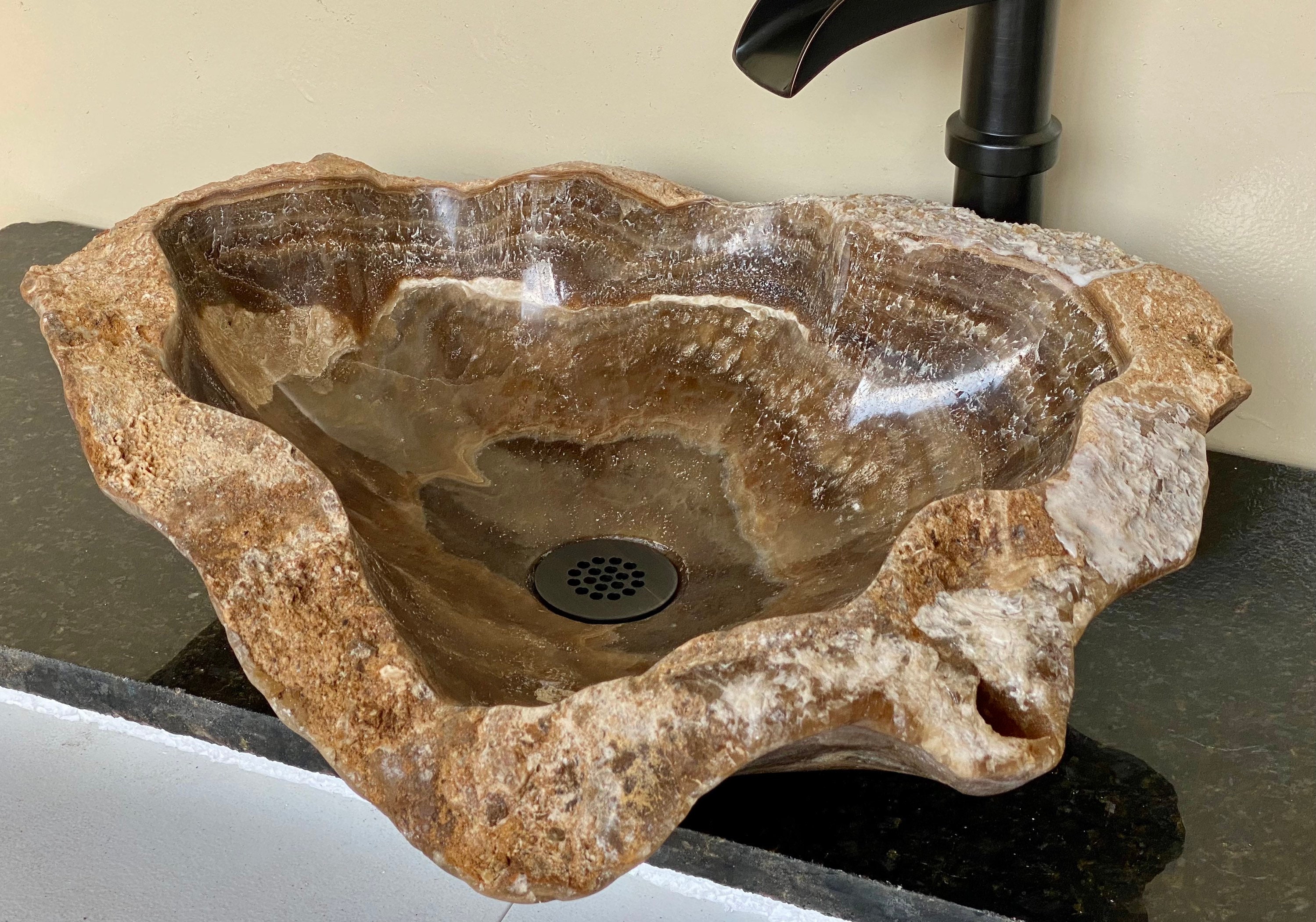If you're experiencing low water pressure at your kitchen sink, the first thing you should check is the aerator. This small mesh screen is located at the end of your faucet and can easily become clogged with debris and mineral deposits over time. Simply unscrew it and clean it out with a toothbrush or soak it in vinegar to remove any buildup. This simple fix can often restore your water pressure to normal.Check the aerator
Another potential culprit for low water pressure at your kitchen sink is the shut-off valves. These valves, located underneath your sink, control the flow of water to your faucet. Make sure they are fully open and not partially closed, as this can restrict water flow. If they are old or faulty, they may need to be replaced by a professional plumber.Check the shut-off valves
If your aerator and shut-off valves are not the issue, then it's time to check the water supply line. This is the pipe that connects your sink to the main water supply. It can become clogged with debris or kinked, which can restrict water flow. If you notice any issues with the supply line, it's best to call a plumber for assistance.Check the water supply line
Even if your aerator is clean, there may still be clogs in the faucet itself. This is especially common in older faucets. To check for clogs, unscrew the faucet head and clean it out thoroughly with a toothbrush. You can also soak it in vinegar to remove any buildup. If the clogs are severe, you may need to replace the faucet altogether.Check for clogs in the faucet
If the problem persists, the clog may be further down in the pipes. You can use a plunger or plumbing snake to try and remove the clog yourself, but it's best to call a professional plumber for this task. They have the necessary tools and expertise to safely and effectively remove the clog without causing further damage to your pipes.Check for clogs in the pipes
Your home may also have a water pressure regulator that controls the water pressure throughout your plumbing system. If this regulator is faulty or set too low, it can result in low water pressure at your kitchen sink. You can try adjusting the regulator yourself, but it's best to consult a plumber to avoid any potential issues.Check the water pressure regulator
Leaks in your pipes can also cause low water pressure. Check for any visible leaks under your sink or in the pipes leading to your kitchen sink. If you notice any leaks, it's important to call a plumber right away to fix the issue before it becomes more serious.Check for leaks in the pipes
If your kitchen sink is the only location with low water pressure, it could be a problem with your water heater. Make sure the water heater is set to the correct temperature and that the hot water supply line to your sink is not blocked or damaged. If the issue persists, it's best to call a professional to inspect and potentially repair your water heater.Check the water heater
Sediment buildup in your pipes can also cause low water pressure. Over time, minerals and debris can accumulate in your pipes, restricting water flow. You can try flushing out your pipes by turning off the main water supply and opening all faucets in your home. However, if the problem persists, a plumber can use specialized tools to remove the buildup and restore water pressure.Check for sediment buildup in the pipes
If you've exhausted all the possible DIY solutions and are still experiencing low water pressure at your kitchen sink, it's time to call a professional plumber for assistance. They have the knowledge, expertise, and tools to accurately diagnose and fix the issue, ensuring your kitchen sink has proper water pressure once again. In conclusion, low water pressure at your kitchen sink can be a frustrating issue, but it's important to pinpoint and address the root cause. By checking the aerator, shut-off valves, supply line, faucet, and pipes, and consulting a professional plumber when needed, you can effectively resolve the issue and restore proper water pressure in your kitchen sink.Call a plumber for professional assistance
Why Is My Kitchen Sink's Water Pressure Low?

Possible Causes and How to Fix Them
 If you are experiencing low
water pressure
at your
kitchen sink
, you are not alone. This is a common issue that many homeowners face, and it can be frustrating to deal with. Not having enough
water pressure
can make it difficult to wash dishes, fill pots for cooking, or even just get a glass of water. But why is this happening and what can you do about it?
There are several possible causes for low
water pressure
at your
kitchen sink
. The first thing to check is if the problem is isolated to just your kitchen sink or if it affects all the faucets in your house. If it's just the kitchen sink, there may be an issue with the
water supply line
or the
kitchen faucet
itself.
One common cause of low
water pressure
at the
kitchen sink
is a clogged aerator. The aerator is the small screen at the end of the faucet that helps to regulate the flow of water. Over time, debris and mineral deposits can build up in the aerator, causing a blockage and reducing the
water pressure
. To fix this, simply unscrew the aerator, clean it, and then reattach it to the faucet.
Another possible cause is a
leak
in the
water supply line
leading to your
kitchen sink
. If there is a leak, the
water pressure
will be significantly reduced. To check for a leak, turn off the
water supply
and then turn on the faucet. If no water comes out, there may be a leak. You should call a
plumber
to fix this issue.
If the
kitchen faucet
itself is the problem, it may need to be replaced. Over time, the internal mechanisms of a faucet can wear out, causing a decrease in
water pressure
. This is especially common in older faucets. If you notice a sudden decrease in
water pressure
in your
kitchen sink
, it may be time to replace the faucet.
In some cases, the
water pressure
may be low due to the
water supply line
not being adequate for your
kitchen sink
. This can happen if there are too many appliances or fixtures using
water
at the same time. You may need to have a
plumber
install a larger
water supply line
to accommodate your
kitchen sink
and other
water
usage in your home.
In conclusion, experiencing low
water pressure
at your
kitchen sink
can be a hassle, but it is usually fixable. By checking for common causes such as a clogged aerator, leaky
water supply line
, or worn-out faucet, you can determine the best course of action to restore proper
water pressure
in your
kitchen sink
. If the problem persists, it is best to call a professional
plumber
to help you find and fix the issue. Don't let low
water pressure
in your
kitchen sink
disrupt your daily routine any longer. Take action to fix the problem and enjoy a fully functioning kitchen sink once again.
If you are experiencing low
water pressure
at your
kitchen sink
, you are not alone. This is a common issue that many homeowners face, and it can be frustrating to deal with. Not having enough
water pressure
can make it difficult to wash dishes, fill pots for cooking, or even just get a glass of water. But why is this happening and what can you do about it?
There are several possible causes for low
water pressure
at your
kitchen sink
. The first thing to check is if the problem is isolated to just your kitchen sink or if it affects all the faucets in your house. If it's just the kitchen sink, there may be an issue with the
water supply line
or the
kitchen faucet
itself.
One common cause of low
water pressure
at the
kitchen sink
is a clogged aerator. The aerator is the small screen at the end of the faucet that helps to regulate the flow of water. Over time, debris and mineral deposits can build up in the aerator, causing a blockage and reducing the
water pressure
. To fix this, simply unscrew the aerator, clean it, and then reattach it to the faucet.
Another possible cause is a
leak
in the
water supply line
leading to your
kitchen sink
. If there is a leak, the
water pressure
will be significantly reduced. To check for a leak, turn off the
water supply
and then turn on the faucet. If no water comes out, there may be a leak. You should call a
plumber
to fix this issue.
If the
kitchen faucet
itself is the problem, it may need to be replaced. Over time, the internal mechanisms of a faucet can wear out, causing a decrease in
water pressure
. This is especially common in older faucets. If you notice a sudden decrease in
water pressure
in your
kitchen sink
, it may be time to replace the faucet.
In some cases, the
water pressure
may be low due to the
water supply line
not being adequate for your
kitchen sink
. This can happen if there are too many appliances or fixtures using
water
at the same time. You may need to have a
plumber
install a larger
water supply line
to accommodate your
kitchen sink
and other
water
usage in your home.
In conclusion, experiencing low
water pressure
at your
kitchen sink
can be a hassle, but it is usually fixable. By checking for common causes such as a clogged aerator, leaky
water supply line
, or worn-out faucet, you can determine the best course of action to restore proper
water pressure
in your
kitchen sink
. If the problem persists, it is best to call a professional
plumber
to help you find and fix the issue. Don't let low
water pressure
in your
kitchen sink
disrupt your daily routine any longer. Take action to fix the problem and enjoy a fully functioning kitchen sink once again.










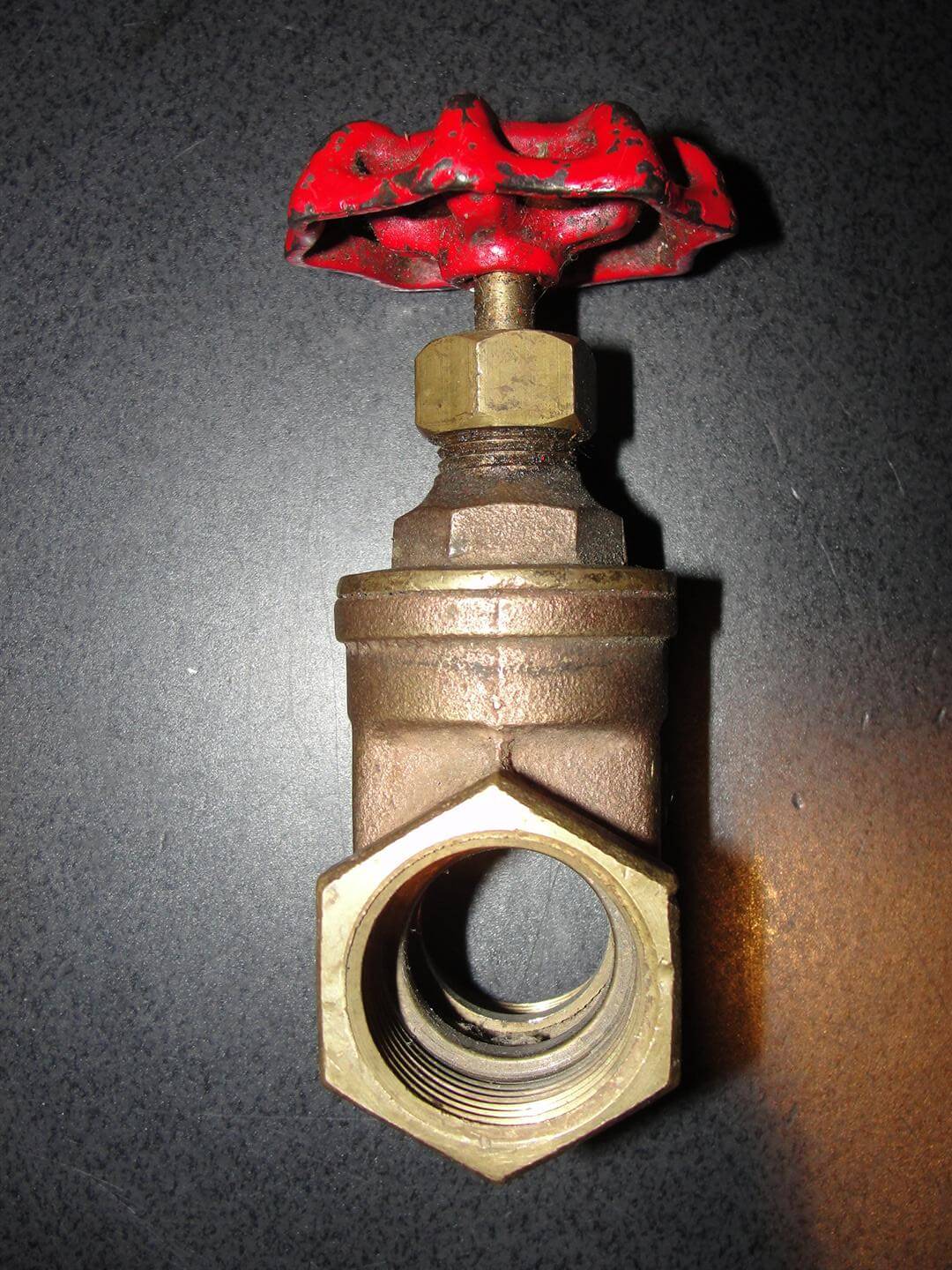
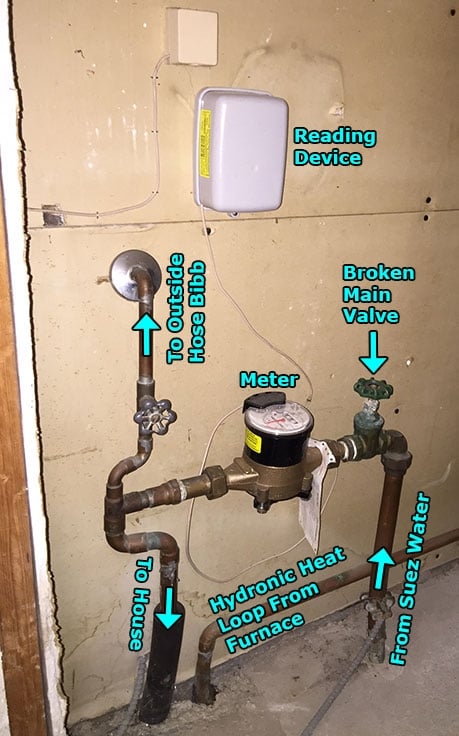

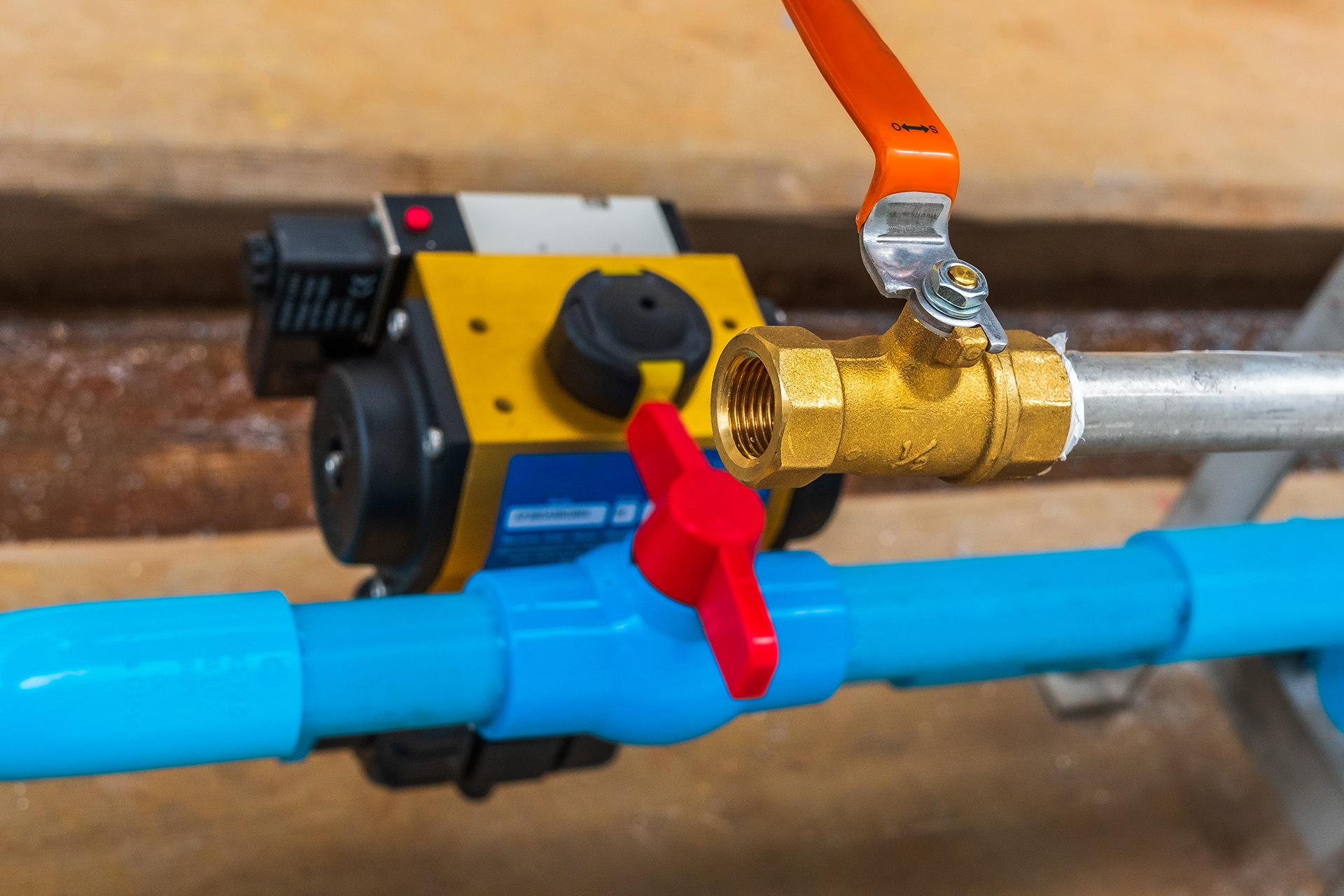
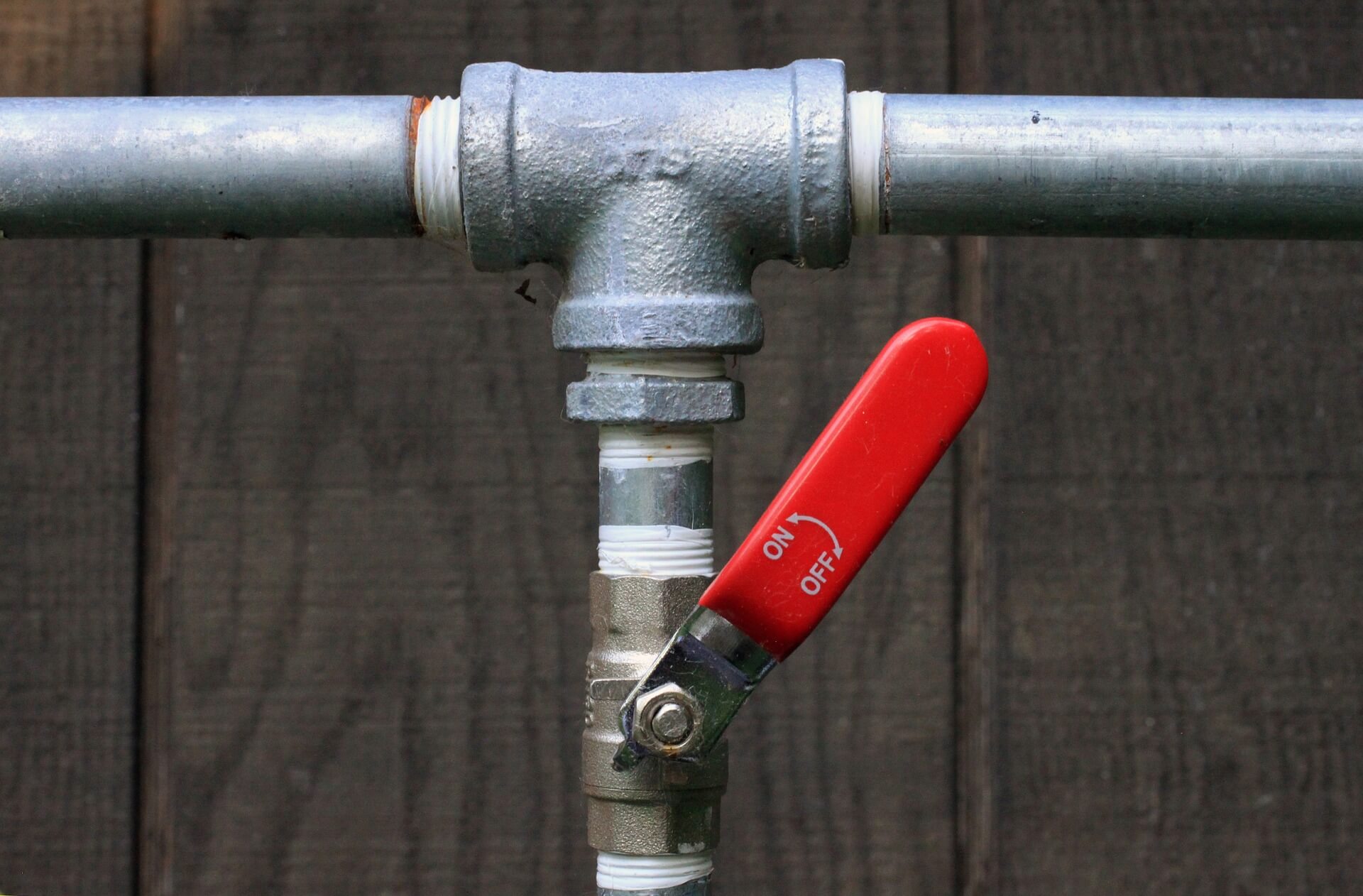

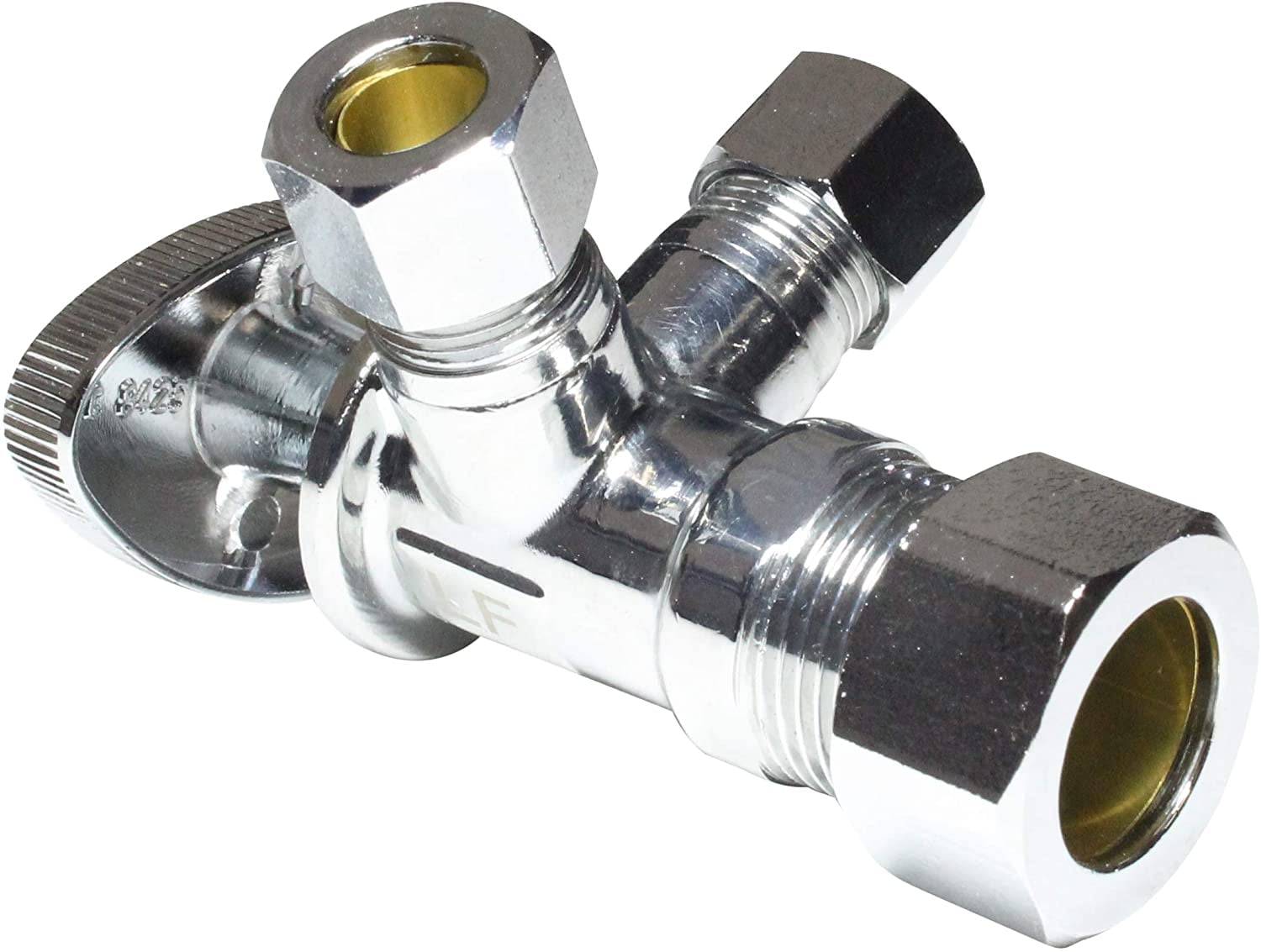










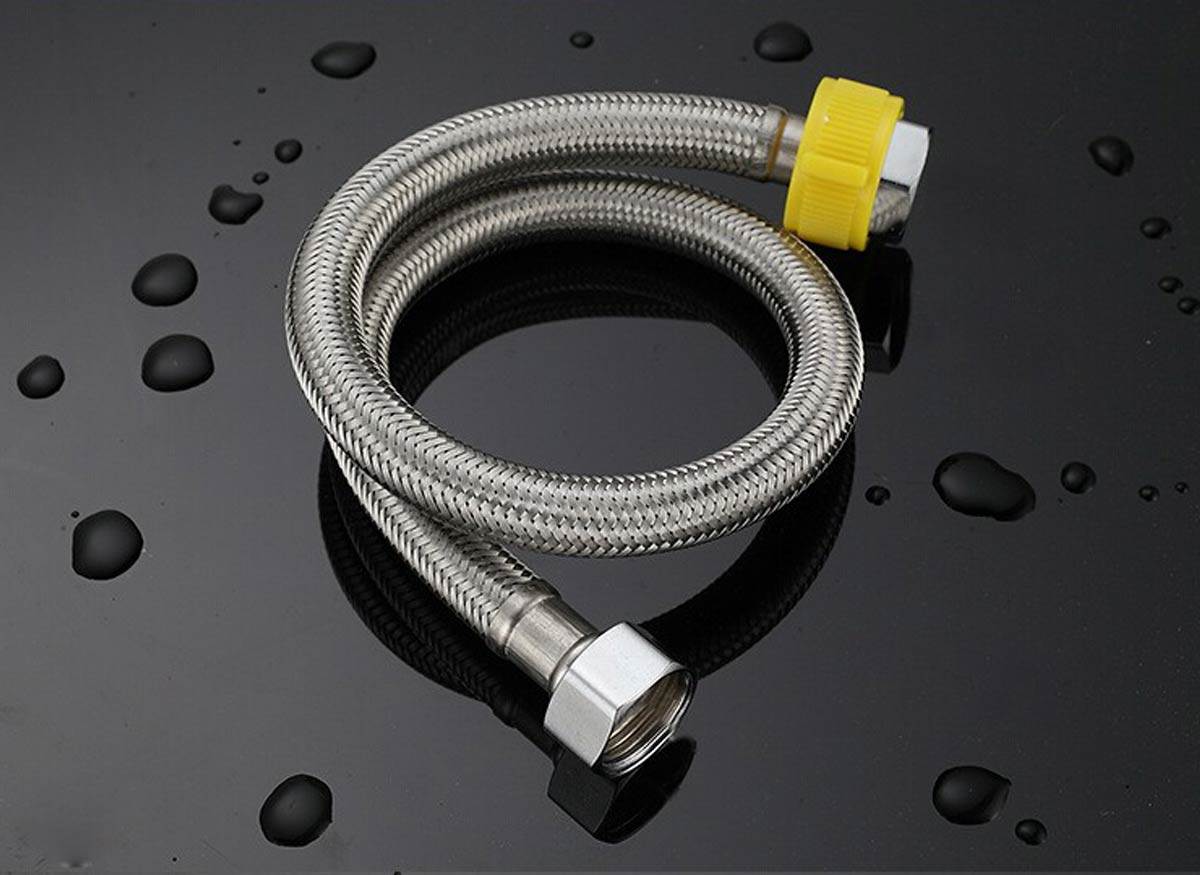



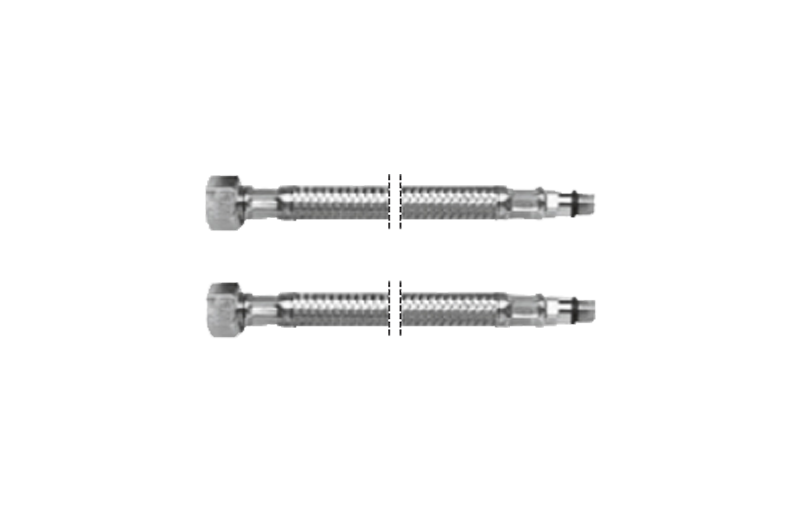
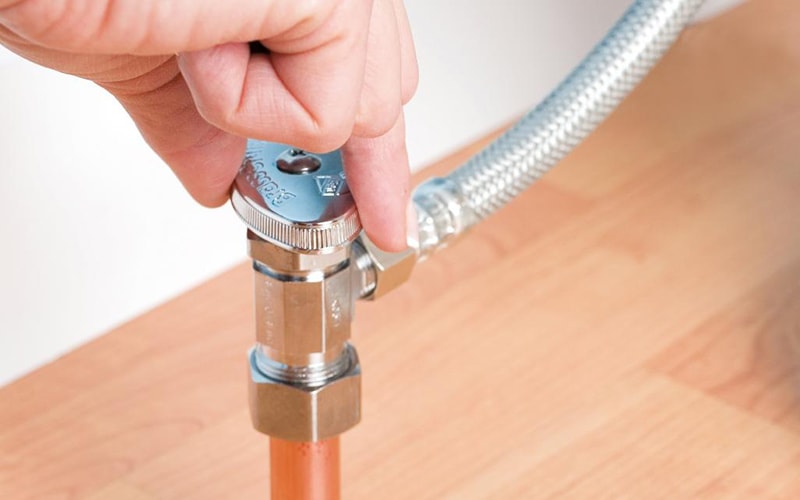
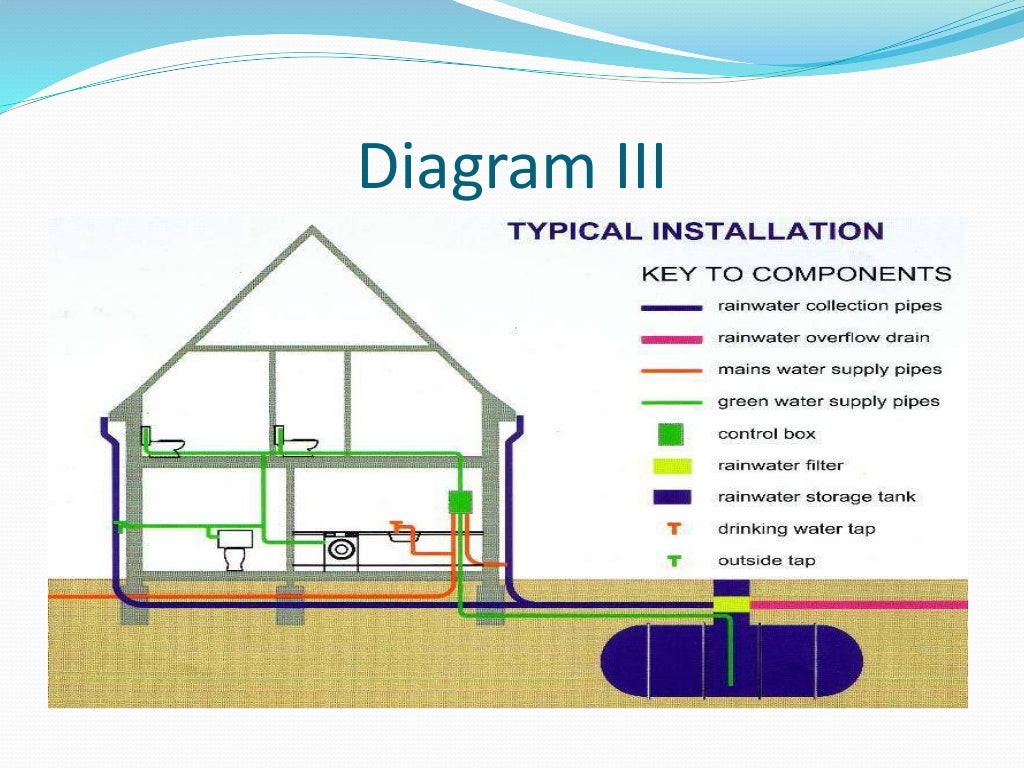






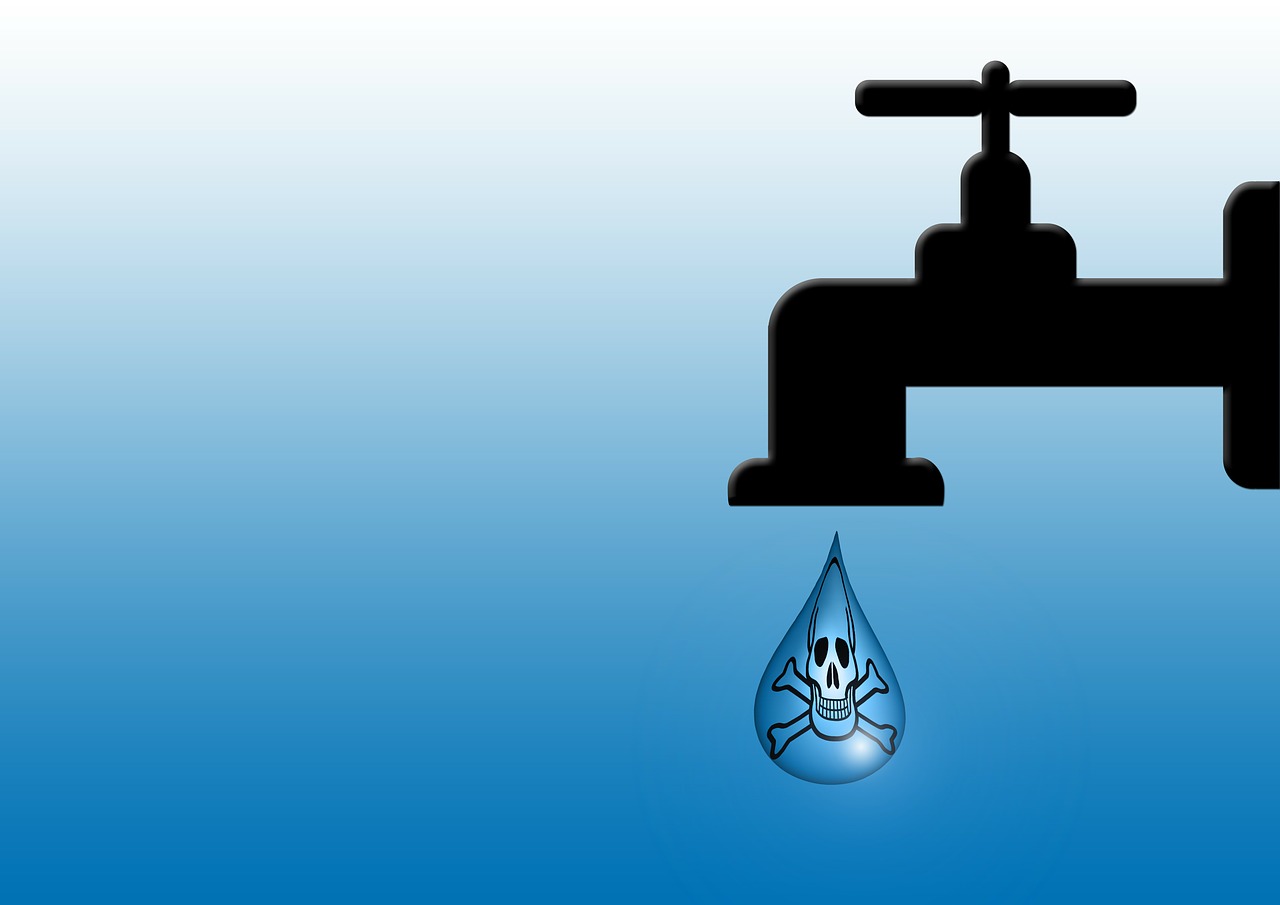














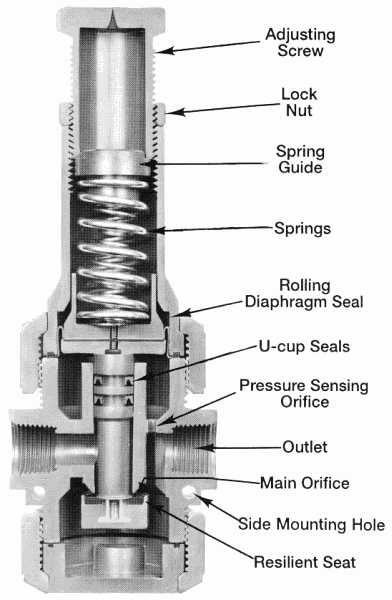
:max_bytes(150000):strip_icc()/the-men-s-hand-opens-the-ball-valve-on-the-collector-1006810456-5c5fc73fc9e77c000159c4af.jpg)






:max_bytes(150000):strip_icc()/testing-water-pressure-in-your-home-2718692-04-c37ab3236d0d4b61b87079ebf9ef823e.jpg)





